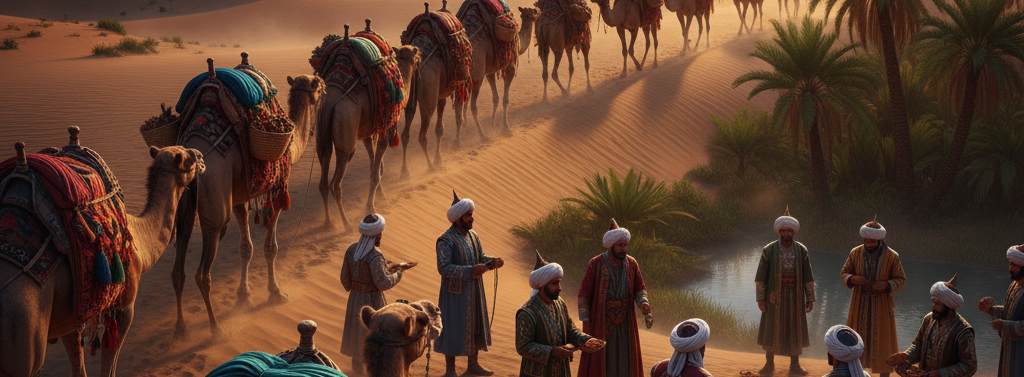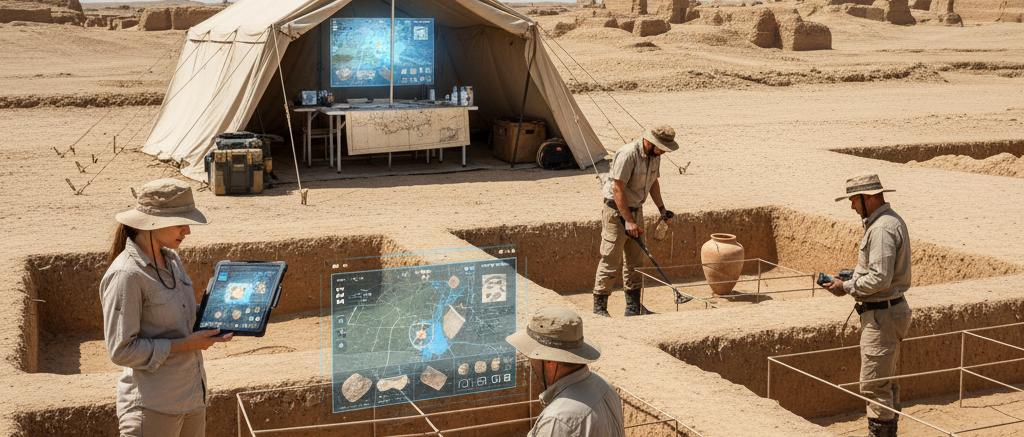The Silk Road, an ancient network of trade routes spanning Asia, Europe, and Africa, is a cornerstone of history and geography, illustrating how commerce shaped cultural and physical landscapes. Active from the 2nd century BCE to the 14th century CE, it connected civilizations from China’s Han Dynasty to the Roman Empire, facilitating the exchange of goods, ideas, and cultures. By 2025, its legacy influences modern trade initiatives like China’s Belt and Road, with 140 countries engaged, per the World Bank. While a testament to human connectivity, the Silk Road’s history reveals challenges in cultural integration, environmental impact, and geopolitical tensions, offering timeless lessons for today’s globalized world.

The Foundations and Mechanics of the Silk Road
The Silk Road emerged under the Han Dynasty, linking Xi’an to Central Asia, the Middle East, and Europe across 6,000 miles. Named for silk, a prized Chinese export, it traded spices, textiles, and technologies like papermaking. Camel caravans navigated deserts like the Taklamakan, while maritime routes via the Indian Ocean connected ports like Guangzhou and Alexandria. Cities like Samarkand and Constantinople thrived as hubs, with markets handling $1 trillion in goods annually at their peak, adjusted for modern value, per a 2024 Cambridge study.
Geography shaped its routes—mountain passes like the Khyber and oases like Dunhuang were critical. Cultural diffusion flourished: Buddhism spread to China, and Greek art influenced Gandharan sculptures. Yet, disease like the Black Death also spread, killing 50 million in the 14th century, highlighting connectivity’s risks.
Opportunities for Cultural and Economic Exchange
The Silk Road fostered unprecedented exchange. Merchants traded Chinese silk for Persian saffron, creating wealth—Xi’an’s economy grew 10% annually during the Tang Dynasty, per historical records. Ideas flourished: Islamic mathematics reached Europe, and Chinese gunpowder reshaped warfare. By 2025, archaeological digs, supported by UNESCO, uncover artifacts like Sogdian coins, enriching global heritage and tourism, generating $500 million yearly.
Modern parallels, like the Belt and Road Initiative, revive connectivity, with $4 trillion in infrastructure investments linking 65% of global GDP. Educational exchanges, inspired by Silk Road scholars, thrive—10,000 students annually study its history via programs like Erasmus+. Its legacy informs sustainable trade, with 30% of modern routes using eco-friendly rail, per a 2024 OECD report.

Challenges and Historical Lessons
The Silk Road faced logistical and cultural hurdles. Harsh terrains—Gobi Desert’s 50°C summers—claimed lives, and banditry disrupted 20% of caravans, per historical texts. Cultural clashes occurred; Persian and Chinese traders often mistrusted each other, slowing integration. Geopolitical rivalries, like those between the Mongol and Byzantine empires, destabilized routes, reducing trade by 15% in the 13th century.
Modern challenges echo the past. Environmental degradation from trade routes, like desertification in Central Asia, affects 10% of the region’s arable land, per UNCCD. Cultural heritage faces looting—30% of Silk Road artifacts are illegally traded, per Interpol. Unequal benefits persist; wealthier nations dominate modern trade initiatives, marginalizing smaller economies like Kyrgyzstan.
Strategies for Preservation and Cultural Impact
Historians and communities can preserve the Silk Road’s legacy by supporting digital archives, like the Silk Road Online Museum, which catalogs 50,000 artifacts. Collaborative research, as with the Dunhuang Academy, blends archaeology with AI to reconstruct sites, enhancing accuracy by 25%. Sustainable tourism, promoted by UNESCO, protects sites while boosting local economies. Staying informed via journals like Silk Road aligns efforts with trends.
Culturally, the Silk Road inspires unity, featured in media like BBC History and documentaries like The Silk Road. Its legacy shapes world views, emphasizing interconnectedness. For history and geography enthusiasts, engaging with initiatives like the Silk Road Cities Alliance or supporting heritage preservation fosters connection to this transformative history.
The Silk Road’s enduring legacy bridges past and present, teaching us the power of connection. By addressing its challenges with collaboration and respect, we can honor its lessons for a sustainable, interconnected world.
